
It’s possible to be an avid fan of Red Hook Studios’ Darkest Dungeon, a brutal dungeon crawler where death is permanent and the stakes absolutely matter. However, I preferred being an avid sufferer who leveled their characters, nurtured them through their emotional damage, sent them to die, and wondered where it all went wrong. It was fun, don’t get me wrong, but it’s emotionally painful fun. There was a grind, of sorts, but out-leveling everything wasn’t always the game plan – you had to know the dungeons and their enemies while being prepared.
While Darkest Dungeon 2 could have been a prettier version of the original while adding more content, the developer took a different approach. From choosing dungeons en route to conquering the Darkest Dungeon, you’re now on the road, traversing regions to face the horrors that await in the Mountain. The world is on the brink of a new apocalypse, and as cities burn, debauchery spreads, and new monsters awaken, you must bring hope to the world while facing your sins.
"There is that lingering feeling that this entire journey is more meditative and repetitive than anything else."
This time, the narrator is the Academic, a friend of the previous game’s Ancestor, and speaks of the Iron Circle, a pattern present throughout human history. Wayne June returns and voices the character (which probably isn’t foreshadowing anything) and does an excellent job, to no one’s surprise. His inflection and enunciation recounting the calm beginnings of the friendship between the Academic and the Ancestor to the various shifting tides of battle is top tier as always.
Your mileage will vary on the overall story, though, as more details and hints about the duo’s journey from university life to discovering the Iron Crown and ultimately becoming involved with a cult emerges. It’s compelling but also doled out in a few lines per run, which dulls any real impact until you’ve finished the Act and moved on to the next chapter.
Your focus is thus on the road ahead and how you want to tackle its various challenges. Nevertheless, there is that lingering feeling that this entire journey is more meditative and repetitive than anything else.
Even with its turn-based combat and macabre dungeon crawling, the first Darkest Dungeon was more managerial in scope. You recruited and trained heroes, sent them into dungeons with randomly generated layouts, discovered materials to upgrade your estate with new facilities, and ultimately scaled up the operation to take on the ultimate challenge. Trinkets could aid in different ways, and heroes could accumulate enormous Stress, developing Quirks that hampered their well-being. They could even die, turning much of their hard work into ash.
"After choosing your heroes, it’s off to the races…literally, as you have a stagecoach, which you control during the journey."
Darkest Dungeon 2, by comparison, is more of a rogue-lite turn-based RPG with branching paths equivalent to Slay the Spire. The story consists of different Acts, each adding a bit more to the story. You’ll only have access to two regions first, but three more open up in subsequent Acts. Trinkets and most currencies don’t persist through playthroughs, and you choose from established classes like the Highwayman, Man-at-Arms, Grave Robber and Plague Robber before each run. They’re also named and possess tragic backstories.
You have only a few choices available, but visiting Hero Shrines and reliving their pasts grants more abilities. They also present some genuinely compelling stories about each and how they arrived at that point. How this connects to Darkest Dungeon is kept vague but adds to the overall theme of human avarice and redemption.
After choosing your heroes, it’s off to the races…literally, as you have a stagecoach, which you control during the journey. It’s always trudging forward, smashing through any rubble and obstacles (netting some currency and items, if lucky), and carrying the last Flame of hope for humanity. You then choose a route on the map, with different paths leading to unique nodes.
Will you opt for an Assistance Encounter and net any items that could benefit your heroes while replenishing the Flame? Look for Watchtowers that can provide more details on the various points of interest littering the map, including any hazards? Or delve into Creature Dens for monster parts and Lairs with powerful bosses that offer Trophies on defeat.
Whichever path you choose, enemies usually crop up in a less-than-friendly fashion. Your stagecoach also has limited armor and wheel durability that protects from ambushes. When either break, you’ll enter a battle where one random hero has to repair it while the others fend off the onslaught.
Other points of interest abound like Field Hospitals to heal heroes and remove any random Quirks and diseases; the Hoarder, the Caretaker from the first game who sells items with the same sickening smile; and the Academic’s Cache, which provides resources and relics. There’s also the Academic’s Study, which provides Trinkets, diseases and an encounter with the Shambler, among other rewards. Each decision matters, and you must contemplate whether a route’s hazards are worth traversing to reach some resources.
Some routes are also necessary to reach Lairs since defeating the boss for their Trophy is necessary from Act 2 onwards. Clearing each region sees you facing the Occultists and ultimately overcoming them to rest at the next Inn.
Combat seems akin to the original, but has undergone numerous changes. Your party still occupies different “ranks” in combat, some excelling based on their positioning. For instance, the Plague Doctor is usually good in the third and fourth rows, since she can blind enemies, inflict Blight and heal allies.
The Man-at-Arms, however, is generally good in the front, tanking damage, knocking back enemies and protecting allies. Turn order is devised based on combatant speed, and upon an enemy’s health depleting, they’ll live behind corpses to clear. You’ll want to clear them usually since they can buff existing enemies, or block access to units in the back row.
If a hero’s health is depleted, they’re under the effect of Death’s Door, inflicting less damage with their next attack, suffering Stress, and facing possible death on the next hit. While it’s a situation to panic, healing the party member will take them out of it. In a neat twist, Elite enemies and bosses can also suffer Death’s Door, staying in the fight until your heroes can seal the deal.
"As you progress through the Acts, new Ordained enemies emerge with more health and different buffs."
Unlike the first game, there are Tokens which affect different combat statuses. When blinding an enemy, they’ll gain a Token, which causes their next attack to have a 50 percent chance to miss. Tokens are depleted when taking or dealing damage, though others require certain skills – if any enemy is in stealth, for example, the Runaway’s Hearthlight will expose them. You can also combo different skills, increasing the chance of Bleed and Burn status, dazing enemies or outright stunning them.
Overall, they remove much of the randomness and chance that could occur in the original, providing more agency but still keeping things unpredictable. Some enemies can resist effects and statuses – like The Sprawl’s Fanatics being resistant to Burn damage – so you’re still rolling the dice in some cases.
I do somewhat miss my heart-stopping with each attack in the original, unsure if my characters would successfully land attacks to turn the tide or hilariously miss, and doom us all. However, the current system still has plenty of opportunities for heartache. Just more controlled.
As you progress through the Acts, new Ordained enemies emerge with more health and different buffs. I could appreciate the added challenge as my party grew stronger. However, dealing with enemies like the Ghoul, who keeps regaining Block Tokens after each action, and having other buffs was annoying, especially when facing two at once during an ambush battle.
"You also unlock permanent upgrades for your heroes (including Hero Paths, which serve as different classes), and Memories provide buffs to heroes based on previous successful runs where they survived."
Your heroes can still accumulate Stress throughout a journey and suffer adverse conditions like Meltdown, which depletes their health, adversely affects relationships and forms different quirks. Conversely, they can become Resolute, gaining health and buffs to fight back against the horror. Managing Stress is a key part of ensuring a hero’s survival, and it can depend on the routes taken and the enemies faced. Heroes also can’t die from Stress anymore, which is a bummer since it somewhat diminishes the effect of overloads.
The Flame is also important, though it works differently from the previous game. When it’s bright, you gain extra speed, resistance to deathblows and a chance for enemies to be blinded at the start of each round. As it grows dimmer, your foes will start gaining an advantage while yours begin to dwindle. There are more avenues to replenish the Flame, but the trade-off is that it no longer provides additional rewards as its brightness dwindles.
Though you’ll collect various currencies, Mastery Points to upgrade hero skills for the remainder of a run, and items to boost hero stats at inns before the next region, nothing carries over after death, except for Candles. These are your meta progression currency, spent at the Altar of Hope before selecting an Act to unlock new Relics and items for combat, the stagecoach and the Inn.
You also unlock permanent upgrades for your heroes (including Hero Paths, which serve as different classes), and Memories provide buffs to heroes based on previous successful runs where they survived. You can also upgrade the stagecoach to be more durable and have more inventory space, slots for various benefits (like increased damage in certain regions) and skins.
Candles are granted for completing different hero goals, reaching specific nodes, clearing a region, finishing an Act with surviving heroes – the list goes on. There is plenty to unlock that makes future runs significantly better (if not less rage-inducing). While it can feel slightly grindy, as your power grows and you progress, more Candles should be earned in no time.
Relationships are another new mechanic in Darkest Dungeon 2. Depending on your actions and items used, certain heroes can take a liking or loathing to each other. If they take like each other, certain abilities can be altered to provide buffs, remove ailments, and even heal the other party member. If they don’t, look forward to your heroes inflicting weakness, drawing attention to themselves and other idiotic actions.
This could add to the frustration, but because this is a rogue-lite title, you can rest assured that it doesn’t matter in the long run. The nature of the title also lends to runs where things are going very smoothly and suddenly take a turn for the worse, but with more forewarning than the previous game. As such, you could also have a run where you’re constantly ambushed and defeat the Act’s final boss by the skin of your teeth, with only one hero left.
However, being a rogue-lite also means that you’ll be venturing across many of the same paths and facing many of the same enemies. It is offset somewhat by having something new to unlock, whether it’s a new ability or Trinkets, and relationship boons that alter skills in unique ways, encouraging you to maximize synergy. Finding out the best set-ups for Trinkets, especially since some can only work if you have a specific type already equipped, also mixes things up.
But sometimes, you’ll fail a mostly smooth run in the first region or two, making incremental upgrades and getting further on the next before falling again. Having other regions become available in subsequent Acts keeps things fresh, even though many don’t offer many “new” nodes or events (but have new bosses and other threats). It was also odd not to see any Fisherfolk throughout The Shroud when I accessed it for the first time, but other factions – like the Plague Eaters in The Foetor – lay in wait in all their grotesque glory.
I have to praise the bosses – each feels unique and fun/horrifying to fight against. The Mountain bosses are also sufficiently overwhelming and go above and beyond with their presentation and mechanics.
Speaking of the presentation, Darkest Dungeon 2 ditches the original’s 2D graphics for 3D. The art style is still intact and lovingly gruesome, while each character looks downright amazing. Little details like your heroes changing stances when prepping skills or hanging corpses in the environments add much more to the whole affair, and the music is phenomenal.
It’s hard to judge Darkest Dungeon 2 as a “sequel” in the traditional sense. Yes, it continues the mythos, features familiar combat and mechanics, and pushes players to the brink. However, its rogue-lite nature, branching paths and events, and story-telling are pretty significant departures from the dungeon crawler many love and/or hate. Whether that’s good or bad depends on how much you loved the original and how much you can appreciate the sequel for trying something new.
"Overall, I feel like Darkest Dungeon 2 works well, though I’d appreciate more node variety and finer tuning of some enemies."
That includes The Radiant Flame, which reduces Flame Drain and increases healing while traveling or the Infernal Flame, which keeps the Flame level at 1 but grants more Candles as a reward. Both are great ways to ease some players while providing others with more challenge and reason to revisit previous Acts.
Overall, I feel like Darkest Dungeon 2 works well, though I’d appreciate some node variety and finer tuning of some enemies. It may not exactly inspire a wave of pretenders like the original but adds its own disturbing twist on familiar genres while providing plenty of replay value. Ruin may have finally found players with its exit from early access, but it’s an enjoyable road to redemption regardless.
This game was reviewed on PC.
The jump from 2D to 3D is stunning, while the aesthetic remains as grotesquely detailed as ever. Excellent soundtrack and voice acting. New combat mechanics provide more agency without diminishing danger. Rogue-lite structure affords some interesting choice-based gameplay and resource management. Plenty of replay value thanks to unlocks.
The structure, especially with its difficulty, makes replaying the same Acts repetitive at times. Some enemies feel like they need more tuning, especially when Ordained. Story starts interesting but grinds to a halt due to being drip-fed over runs. Lacks some of the original's charm.










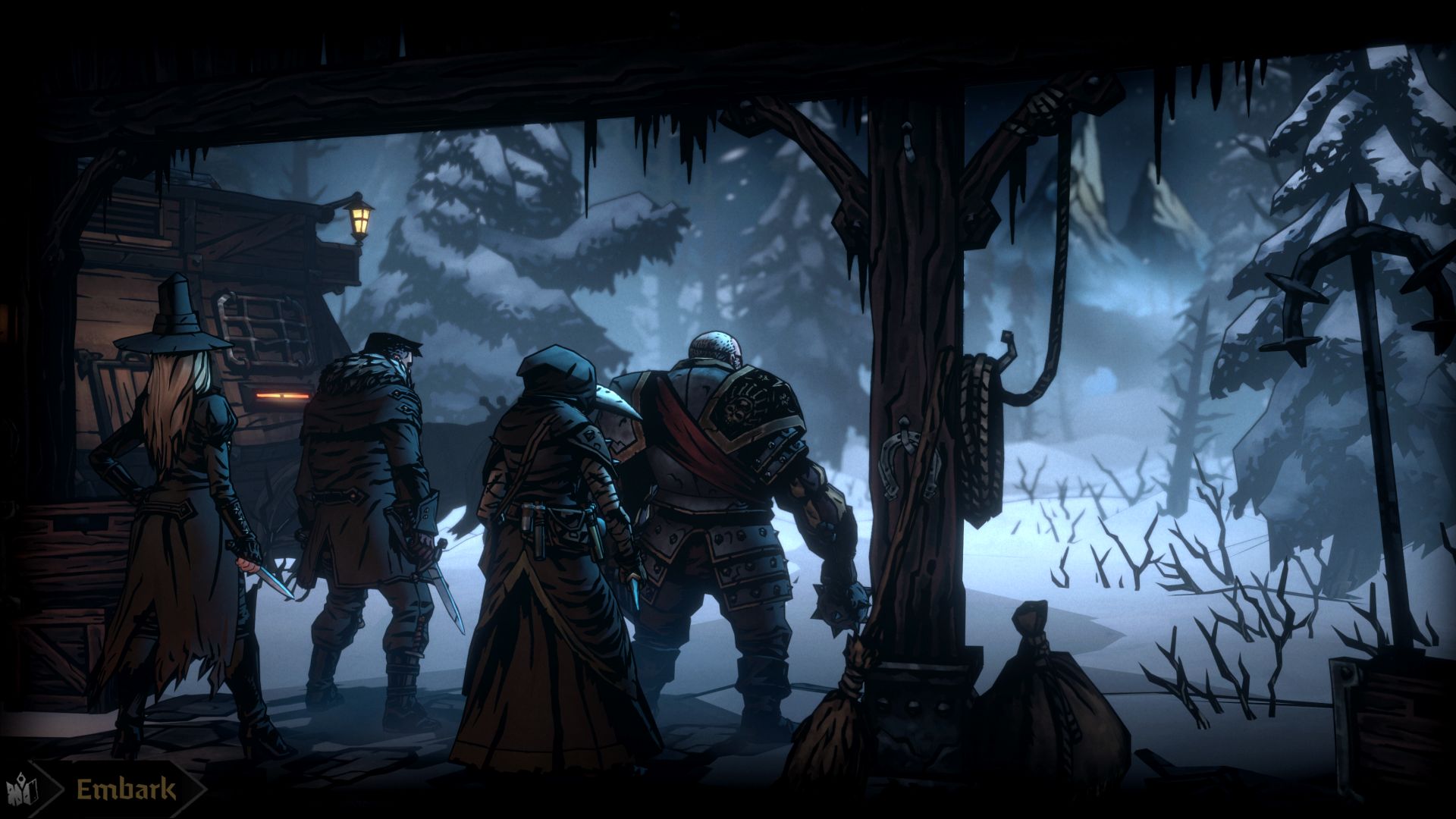
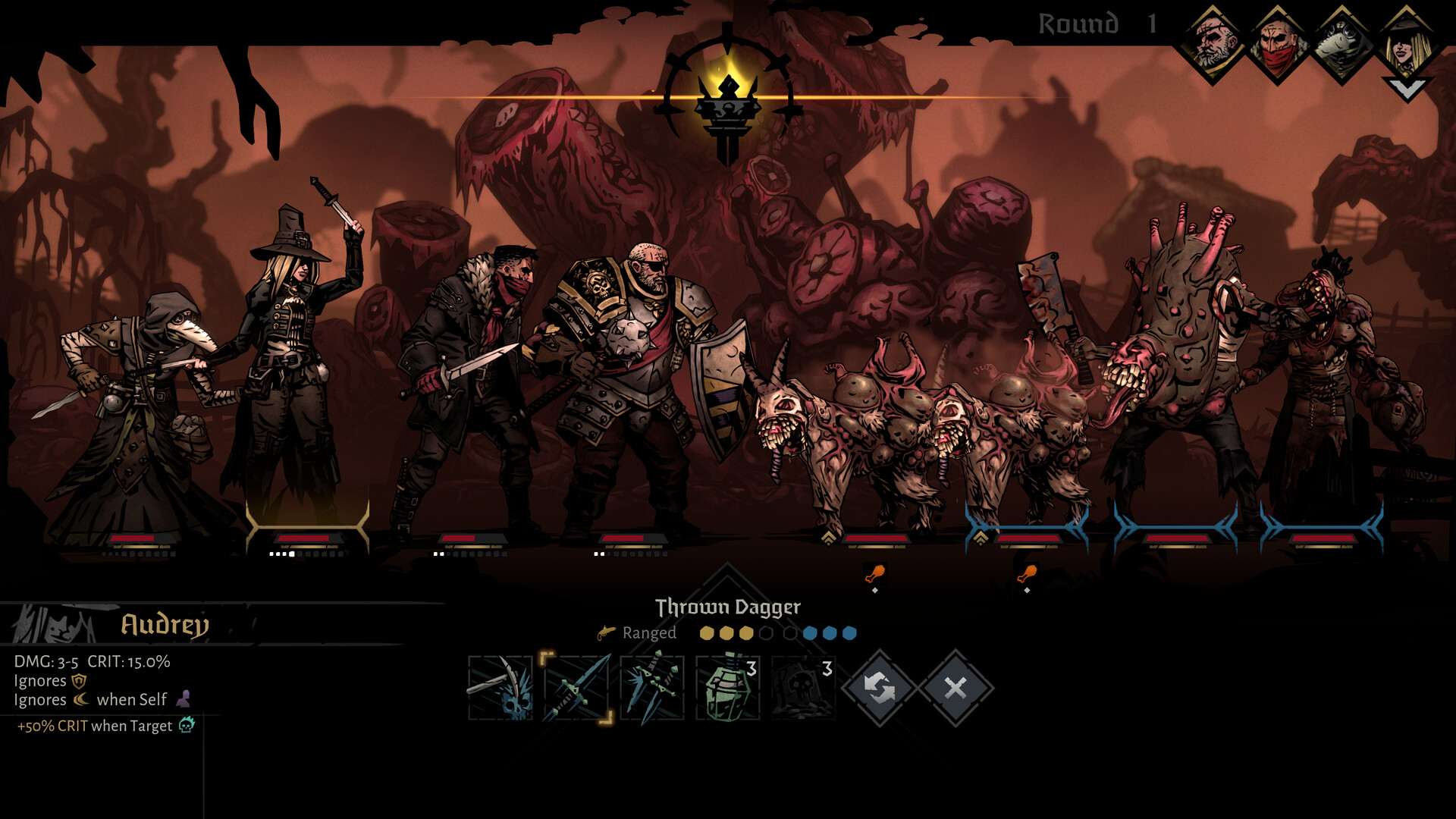
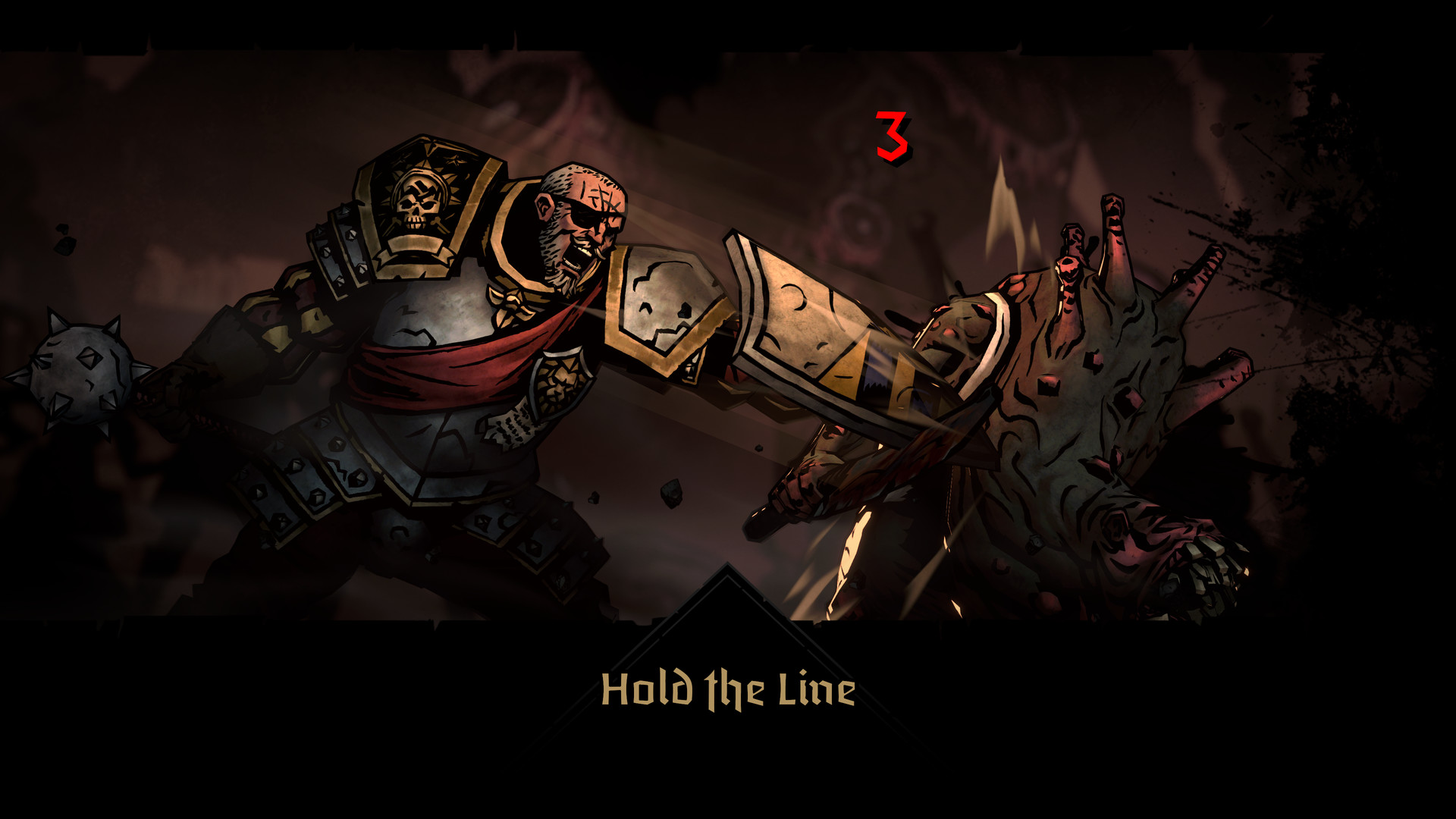



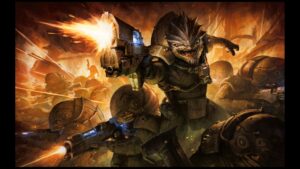
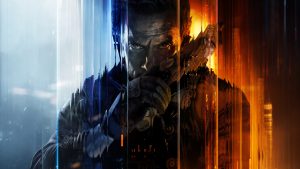
![15 More “Lived-In” Open Worlds You Must Play [2025 Edition]](https://gamingbolt.com/wp-content/uploads/2024/09/ghost-of-yotei-image-4-300x169.jpg)


